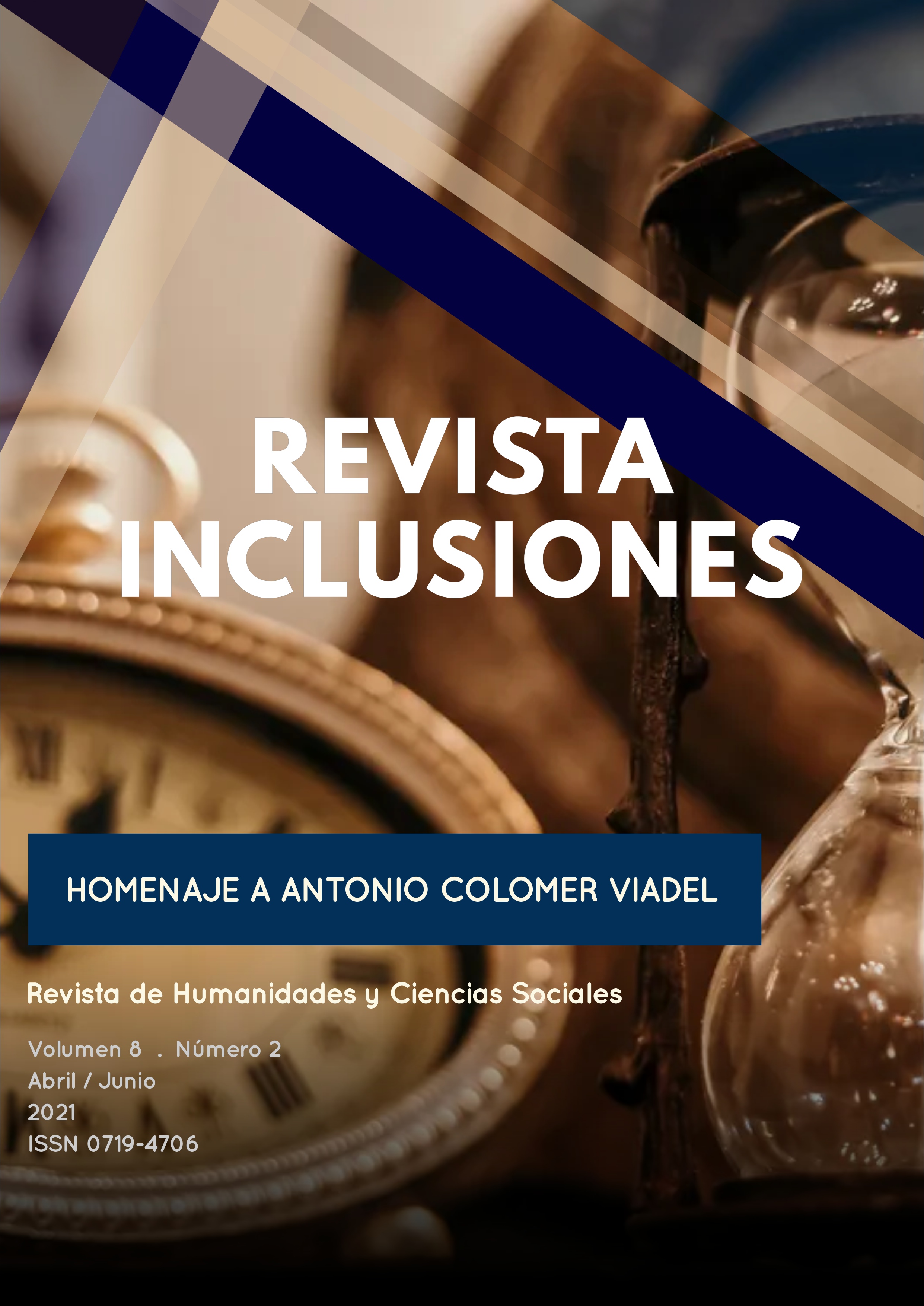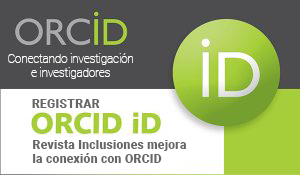MODERN SLAVERY VERSUS DIGNIFIED WORK: THE FIGHT GOES ON AGAINST THE VIOLATION OF HUMAN RIGHTS
Abstract
The 2030 Agenda, adopted in 2015 at the UN Summit on Sustainable Development, sets17
Sustainable Development Objectives (SDO) to be achieved by 2030. The subject of this research is
about the Objective 8, dedicated to dignified work and economic growth which, in its 8.7 goal, predicts
the need to 'take immediate and effective measures to eradicate forced labour, end modern slavery
and human trafficking, and to ensure the prohibition and elimination of the worst forms of child labour,
including the recruitment and use of child-soldiers, and by 2025 to end child labour in all its forms'.
The Goal 8.7 is in line with the intent of the International Labour Organization (ILO) which, since its
inception 100 years ago, has been identifying, reporting and fighting in favour of the eradication of
child labour and modern slavery, adopting the Conventions Nr. 138 and 182, respectively, about the
Minimum Age for Admission to Employment (1973) and the Worst Forms of Child Labour (1989). A
quantitative and qualitative analysis of the current situation was developed through the available data
and specialized scientific literature. The results show that these harmful practices on human rights
reach the most disadvantaged and vulnerable, especially in certain very poor regions of the globe
with low levels of education and also in sectors of activity with a high degree of danger and risk for
the health and the welfare of workers. If nothing is done, it will become very difficult to achieve the
goals of the 2030 Agenda. The fight against human rights violations must continue. There are many
warnings for the responsible authorities to take effective measures to eradicate this scourge. We
conclude this work by recommending some policies that aim to contribute, in a positive and
constructive way, to the improvement and dignity of child labour.
Published
How to Cite
Issue
Section
Los autores retienen los derechos de autor y otorgan a Revista Inclusiones el derecho de publicación bajo Creative Commons Attribution 4.0 International (CC BY 4.0). Esto permite el uso, distribución y reproducción en cualquier medio, siempre que se otorgue la debida atribución al autor.











